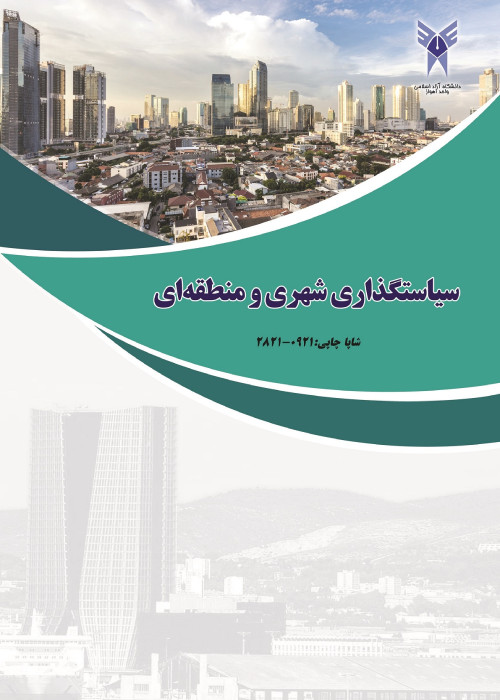Policymaking of green cities compatible with environmental standards (case study: Marand city)
Today, urban planners and officials have taken approaches to create a favorable, safe and sustainable environment, one of which is Green City. This approach has several indicators and sub-indicators that mainly include issues related to energy, water, air, waste, sewage, transportation, land use and environmental management. This research aims to evaluate and measure the degree of suitability and suitability of different areas. The city of Marand has been developed with biodiversity indicators based on the Green City approach. The research method was descriptive-analytical and questionnaire was used for data collection. The statistical population of the research is the staff of Marfa Water Resources, Environment and Municipalities, which responded to 14 questionnaires. Analytical Hierarchy Process (AHP) as well as SWOT strategic method were used to analyze the research data. The results showed that wastewater, waste and environmental management indices with the weighting of 0.019, 0.024 and 0.044 were inappropriate in Marand city, respectively. Also, based on the results of calculations, zones 5, 2 and 4 with weight coefficients of 0.312, 0.209 and 0.16 are ranked first to third in terms of all eight indices of green city and zones 1 and 3 with coefficients of 0.154 and 0.143 are in worst condition. Are. In other words, the northern margin of the city (1) and the central and old urban areas of the city (3) are not in good condition with regard to the biodiversity indicators of the green city. According to the research results, the location of the type of strategy in the environmental structure of Marand is an aggressive approach.
- حق عضویت دریافتی صرف حمایت از نشریات عضو و نگهداری، تکمیل و توسعه مگیران میشود.
- پرداخت حق اشتراک و دانلود مقالات اجازه بازنشر آن در سایر رسانههای چاپی و دیجیتال را به کاربر نمیدهد.


